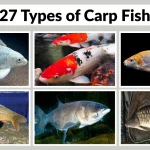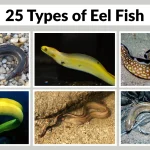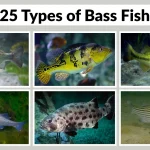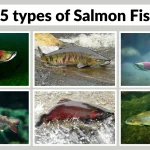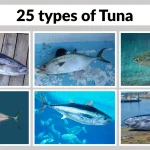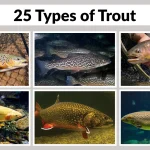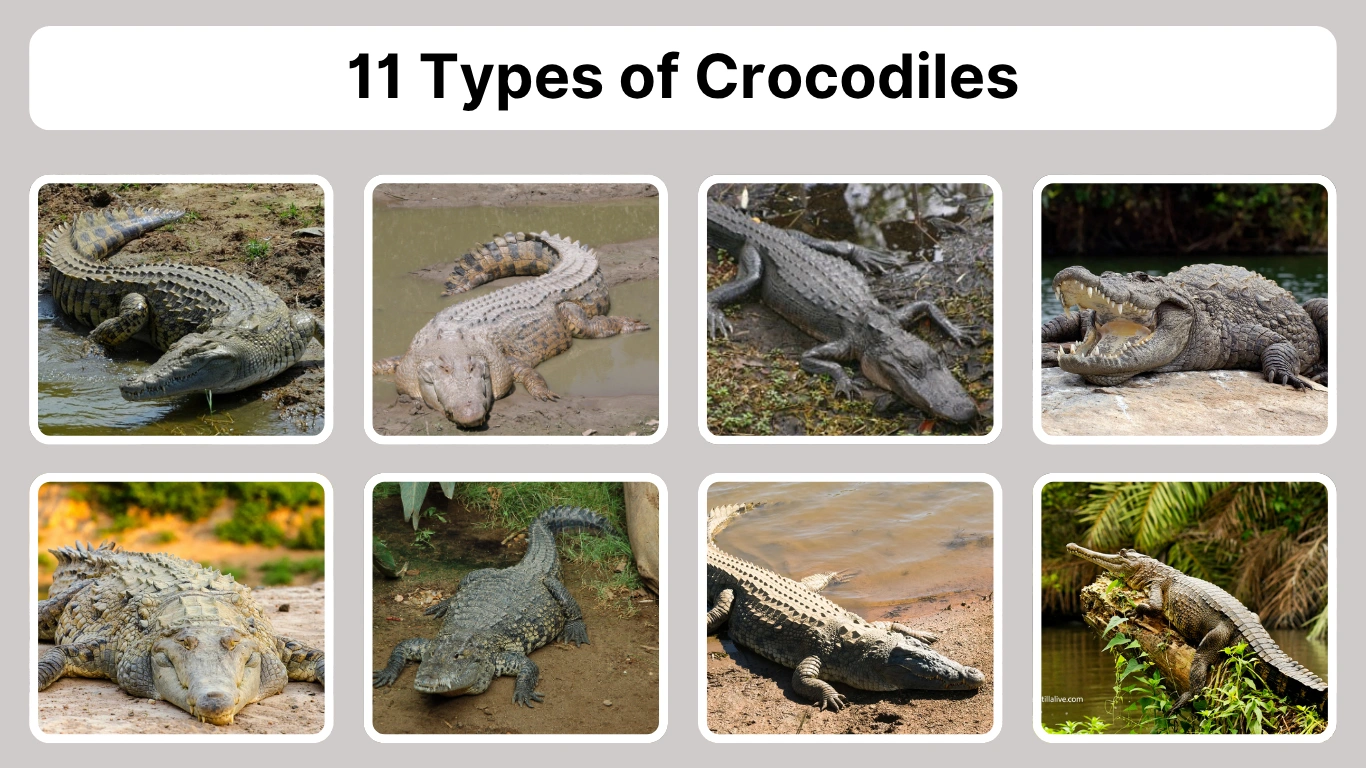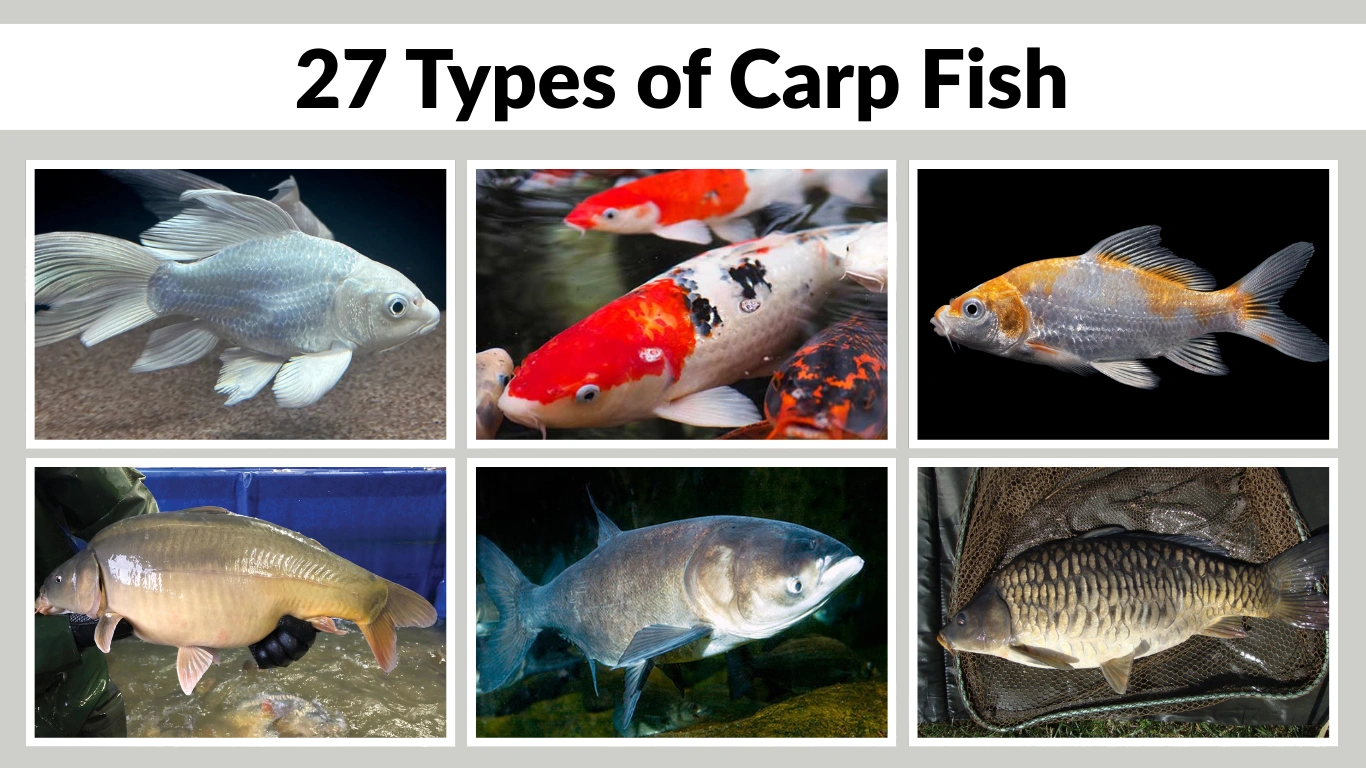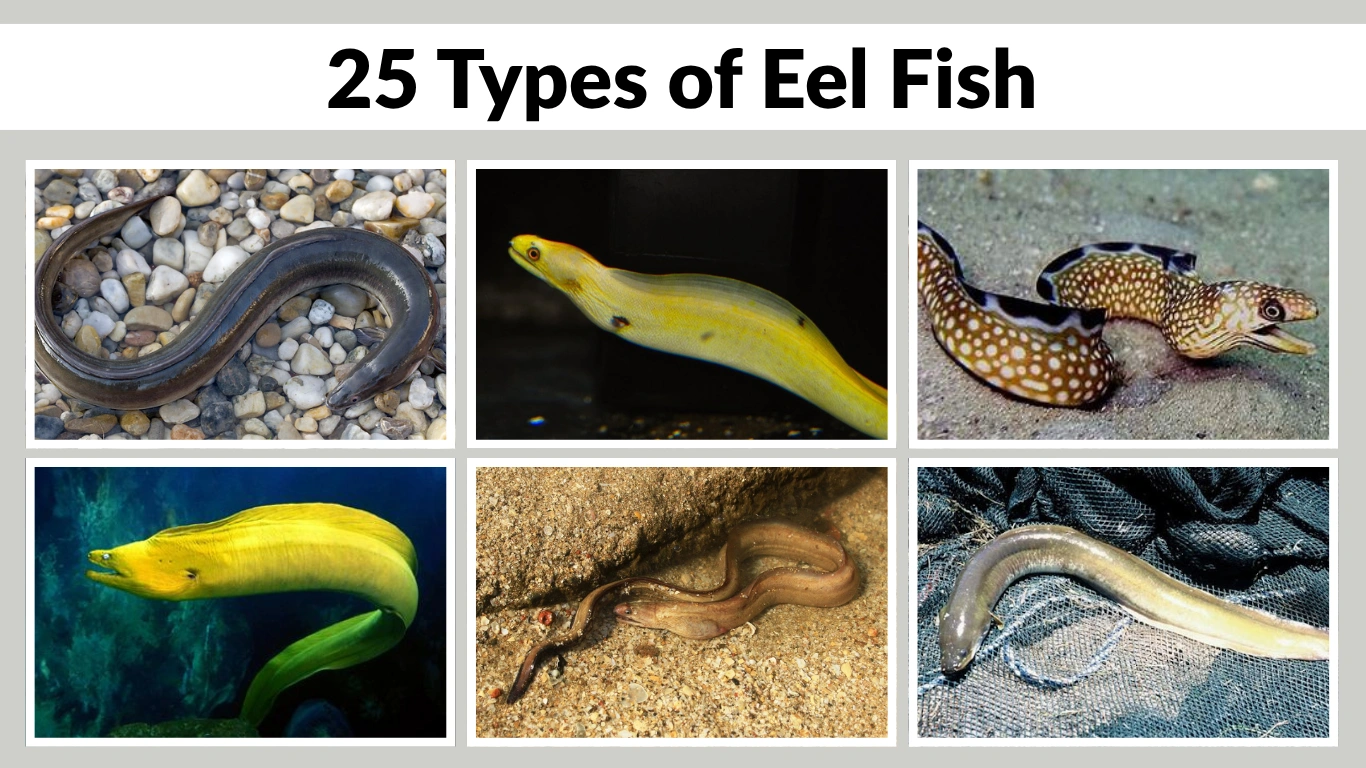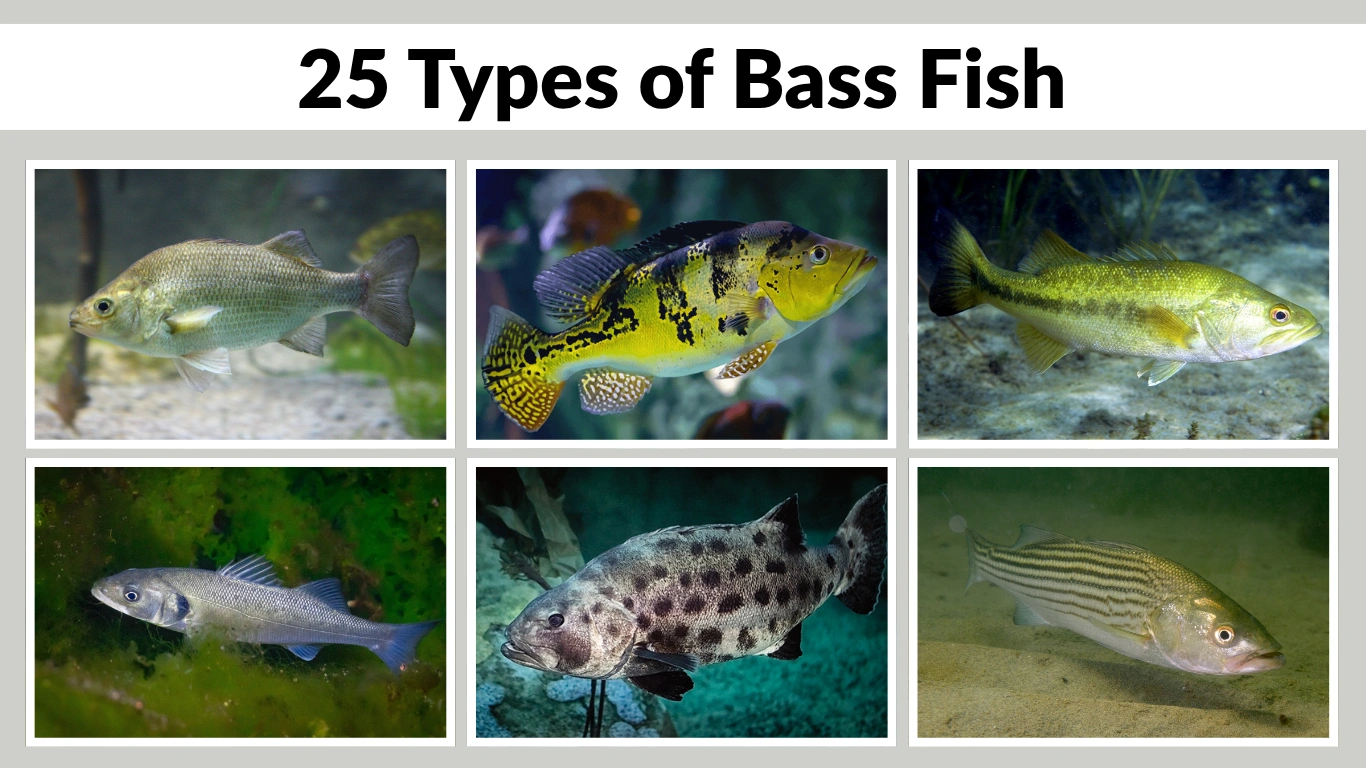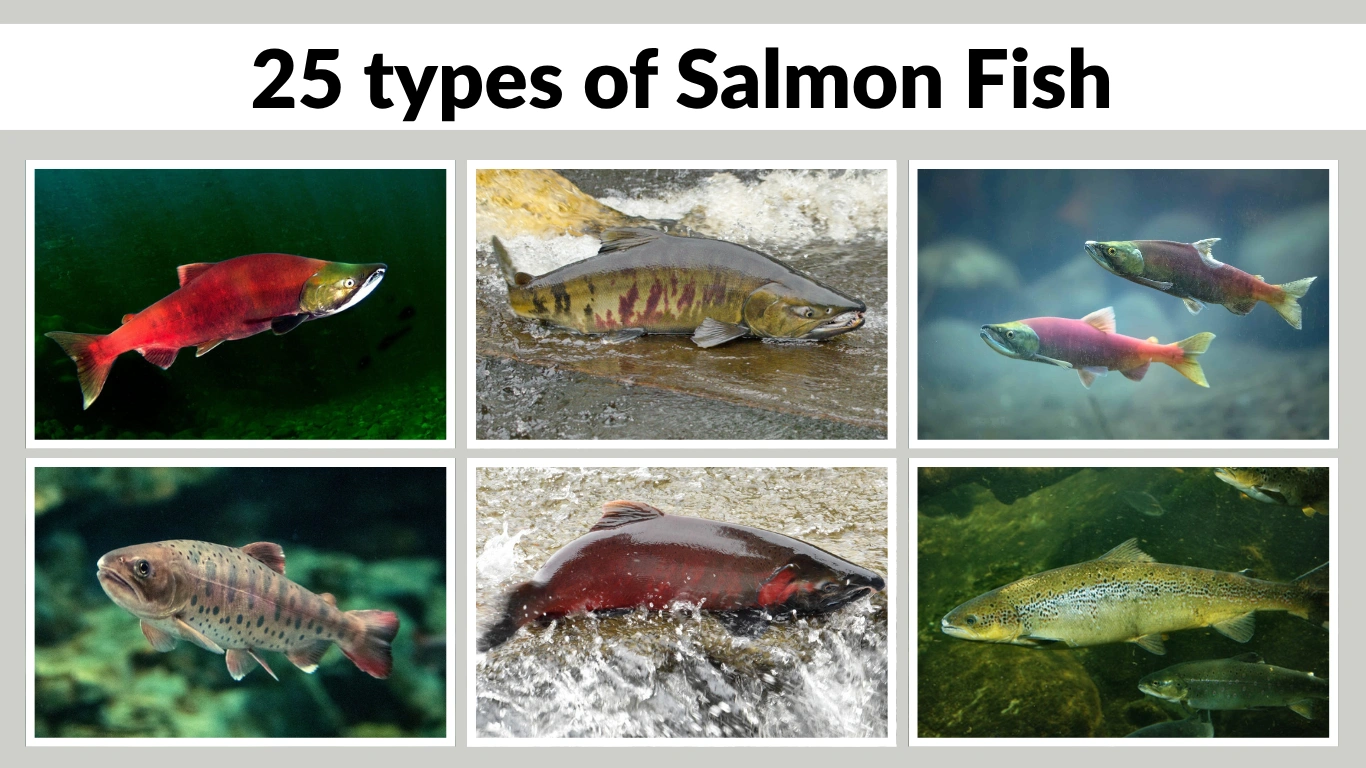Crocodiles are powerful reptiles that have roamed the Earth for millions of years. With their armored bodies, stealthy hunting skills, and dominance in aquatic environments, they remain top predators across many regions. This guide introduces 11 distinct crocodile species found around the world, highlighting their key identification traits, behaviors, habitats, and diets—offering a closer look into the lives of these fascinating and ancient reptiles.
1. Nile Crocodile

The Nile Crocodile (Crocodylus niloticus) is one of the largest and most aggressive crocodilian species in the world. Native to freshwater habitats across sub-Saharan Africa, this apex predator is known for its power, stealth, and patience while hunting both in and out of water.
Identification
- Color: Dark olive or grayish-brown with darker crossbands on the tail and body
- Size: Typically 11 to 16 feet long
- Weight: Up to 1,500 pounds
- Head: Broad snout with visible upper teeth when closed
- Skin: Heavily armored with thick, rugged scales
Behavior
Nile Crocodiles are ambush predators that wait patiently near the water’s edge. They are solitary hunters but may gather in groups at rich food sources. Known for their explosive bursts of speed in water and short distances on land, they rely on surprise and force.
Habitat
They are commonly found in rivers, lakes, marshes, and freshwater swamps across sub-Saharan Africa. They prefer slow-moving or still water with muddy banks for basking and nesting. Occasionally, they’re spotted in estuaries or brackish water.
Diet
Nile Crocodiles are carnivorous and opportunistic feeders. Their diet ranges from fish, birds, and amphibians to large mammals like antelope and even buffalo. They are known to scavenge and store food underwater to eat later. Hatchlings feed on insects, small fish, and crustaceans.
2. Saltwater Crocodile

The Saltwater Crocodile (Crocodylus porosus), also known as the “saltie,” is the largest living reptile and a powerful apex predator. Found across Southeast Asia, northern Australia, and surrounding coastal regions, it thrives in both saltwater and freshwater environments.
Identification
- Color: Grayish-green to dark brown with lighter underbelly
- Size: Typically 13 to 17 feet; some exceed 20 feet
- Weight: Up to 2,200 pounds or more
- Head: Broad, heavy skull with large teeth
- Skin: Thick and scaly, built for armor and camouflage
Behavior
Saltwater Crocodiles are territorial and extremely aggressive. They are known for traveling long distances at sea and can remain submerged for over an hour. Males are especially dominant and solitary, often defending large areas of riverbanks or coastlines.
Habitat
They inhabit estuaries, mangrove swamps, river deltas, and coastal lagoons. Although named for their affinity for saltwater, they are equally at home in freshwater rivers and floodplains. Juveniles often stay inland, while adults dominate coastal and brackish zones.
Diet
These crocodiles are carnivores and feed on almost any prey they can overpower—ranging from fish, crustaceans, and birds to large mammals like wild boar, water buffalo, and even sharks. Their ambush tactics and crushing bite force make them lethal hunters.
3. American Crocodile

The American Crocodile (Crocodylus acutus) is a shy, primarily coastal species found in southern Florida, the Caribbean, and parts of Central and South America. Unlike its alligator cousin, it prefers saltwater and is less aggressive toward humans.
Identification
- Color: Light gray to olive-brown with a pale underbelly
- Size: Typically 10 to 15 feet long
- Weight: 800 to 1,200 pounds
- Snout: Long and narrow compared to alligators
- Eyes: Positioned high on the head with vertical pupils
Behavior
American Crocodiles are generally solitary and less territorial than other species. They are most active at night and spend daylight hours basking or resting in calm water. They are wary of humans and will retreat when approached, though large individuals can be dangerous.
Habitat
They thrive in coastal mangroves, lagoons, river mouths, and brackish lakes. Their tolerance for saltwater allows them to inhabit areas where freshwater crocodiles cannot, though juveniles often begin life in freshwater creeks and estuaries.
Diet
Their diet includes fish, turtles, crustaceans, birds, and small mammals. Juveniles feed on insects and small aquatic prey, while adults can take down larger animals. They are ambush predators, relying on patience and stealth in shallow water.
4. Mugger Crocodile

The Mugger Crocodile (Crocodylus palustris), also known as the Indian crocodile or marsh crocodile, is a medium-to-large-sized species native to the Indian subcontinent. Unlike saltwater species, it prefers freshwater environments and is known for its broad snout and semi-social behavior.
Identification
- Color: Gray to dark brown with lighter underbelly
- Size: Typically 8 to 13 feet long
- Weight: 400 to 1,000 pounds
- Snout: Broad and rounded
- Tail: Powerful and muscular, aiding in swimming
Behavior
Muggers are diurnal and often seen basking in groups along riverbanks. They are more social than many crocodile species and are known to dig burrows for shelter during dry seasons. While not as aggressive as saltwater crocodiles, they can be dangerous if provoked or defending a nest.
Habitat
They inhabit freshwater lakes, rivers, ponds, marshes, and man-made reservoirs across India, Sri Lanka, Nepal, and Pakistan. They are tolerant of stagnant water and often thrive near human settlements, leading to occasional conflict.
Diet
Mugger Crocodiles feed on fish, amphibians, reptiles, birds, and small to medium-sized mammals. Juveniles hunt insects and small fish. They use stealth to approach prey and rely on quick strikes to capture it, often dragging it underwater to drown.
5. Orinoco Crocodile

The Orinoco Crocodile (Crocodylus intermedius) is one of the rarest and most critically endangered crocodile species in the world. Native to the Orinoco River basin in Venezuela and Colombia, it’s known for its long snout and light coloration.
Identification
- Color: Pale olive to yellowish-gray with dark markings
- Size: Typically 13 to 16 feet long
- Weight: Up to 800–1,000 pounds
- Snout: Long and narrow
- Scales: Smooth on the belly, ridged on the back
Behavior
This species is shy and reclusive, especially in areas where it has been heavily hunted. Males are territorial and solitary. Due to its endangered status, much of its natural behavior is observed in protected habitats and conservation areas.
Habitat
Orinoco Crocodiles inhabit large rivers, freshwater lagoons, and seasonal floodplains. They prefer slow-moving water and sandy banks for basking and nesting. Their current range is limited due to habitat loss and illegal hunting.
Diet
They are carnivorous and feed on fish, birds, small mammals, and aquatic reptiles. Juveniles hunt insects, crustaceans, and small fish. In some cases, they may scavenge. Their long snout is well adapted for catching slippery prey like fish.
6. Morelet’s Crocodile

Morelet’s Crocodile (Crocodylus moreletii) is a medium-sized freshwater species found in the Atlantic coastal regions of Mexico, Belize, and Guatemala. It is relatively shy and less aggressive than many of its larger relatives, making it one of the lesser-known crocodilians.
Identification
- Color: Dark gray to brown with black markings
- Size: Typically 7 to 10 feet long
- Weight: 150 to 400 pounds
- Snout: Broad and rounded
- Eyes: Positioned high on the head for surface-level viewing
Behavior
Morelet’s Crocodiles are mostly nocturnal and solitary. They are ambush predators that spend much of the day resting in dense vegetation or submerged with only their eyes above the surface. Males become territorial during the breeding season but are otherwise non-confrontational.
Habitat
They inhabit freshwater swamps, rivers, lakes, and marshes with slow-moving or still water. They prefer heavily vegetated banks for cover and nesting. Although primarily freshwater dwellers, they can tolerate slightly brackish water in coastal areas.
Diet
Their diet consists of fish, amphibians, birds, and small mammals. Juveniles feed mostly on insects and small aquatic organisms. As they mature, they begin to take larger prey. They use stealth and speed to capture prey at the water’s edge.
7. Cuban Crocodile

The Cuban Crocodile (Crocodylus rhombifer) is a rare and highly distinctive species found only in Cuba. It is known for its bright coloration, long limbs, and aggressive behavior, making it one of the most terrestrial and intelligent crocodile species.
Identification
- Color: Bright yellow to olive with black speckling
- Size: Typically 7.5 to 10.5 feet long
- Weight: 200 to 400 pounds
- Snout: Short and broad with an upturned appearance
- Limbs: Relatively long, aiding in terrestrial movement
Behavior
Cuban Crocodiles are highly aggressive and territorial. They display advanced problem-solving skills and are known to leap out of the water to catch prey. They often walk or run on land more efficiently than most other crocodile species.
Habitat
They are found primarily in the Zapata Swamp and Isle of Youth in Cuba. Their habitat consists of freshwater marshes, swamps, and slow-flowing rivers. Due to habitat loss and hybridization with American Crocodiles, their population is critically endangered.
Diet
Cuban Crocodiles are carnivorous and feed on fish, amphibians, reptiles, and small mammals. In the wild, they have been known to prey on turtles using their strong jaws to crush shells. Juveniles feed on aquatic insects and small fish.
8. Philippine Crocodile

The Philippine Crocodile (Crocodylus mindorensis) is one of the most endangered crocodile species in the world. Endemic to the Philippines, it is smaller than most crocodiles and is recognized for its golden-brown color and broad snout.
Identification
- Color: Golden-brown with darker markings
- Size: Typically 6.5 to 10 feet long
- Weight: 200 to 300 pounds
- Snout: Broad and relatively short
- Scales: Prominent armored ridges on the back
Behavior
This species is shy and reclusive, especially due to decades of habitat loss and human conflict. It is generally solitary and avoids open areas. While less aggressive than other species, it will defend its nest fiercely during the breeding season.
Habitat
Philippine Crocodiles inhabit freshwater wetlands, including marshes, lakes, rivers, and creeks, primarily on the islands of Luzon and Mindanao. They prefer calm, shallow water with dense vegetation. Their range has drastically decreased due to land conversion and illegal hunting.
Diet
They are carnivorous and feed on fish, crustaceans, snails, amphibians, and small mammals. Hatchlings eat aquatic insects and small fish. In the wild, they rely on stealth and quick lunges to catch prey in murky freshwater environments.
9. Siamese Crocodile

The Siamese Crocodile (Crocodylus siamensis) is a critically endangered freshwater species native to Southeast Asia. It is considered one of the most gentle-natured crocodilians and is a focus of many breeding and conservation programs.
Identification
- Color: Olive-green to gray with darker bands on the body and tail
- Size: Typically 6.5 to 10 feet long
- Weight: 200 to 400 pounds
- Snout: Broad and smooth
- Body: Moderately built with smooth scutes and ridges
Behavior
Siamese Crocodiles are shy and reclusive. They are not aggressive toward humans unless provoked or defending a nest. Most of their movement and feeding takes place in or near water, and they are mainly active at night.
Habitat
They live in freshwater habitats such as rivers, swamps, lakes, and marshes in Cambodia, Laos, Thailand, and Vietnam. They prefer slow-moving waters with dense vegetation. Due to habitat loss and hybridization in captivity, their wild populations are now extremely low.
Diet
Their diet includes fish, frogs, reptiles, small mammals, and birds. Juveniles feed on insects and tiny aquatic animals. In captivity, they are fed fish, meat, and sometimes commercial diets supplemented with vitamins. Conservation efforts include controlled breeding and reintroduction into protected wetlands.
10. Slender-Snouted Crocodile

The Slender-Snouted Crocodile (Mecistops cataphractus) is a freshwater species native to central and western Africa. It is easily recognized by its long, narrow snout, which is well adapted for catching fish in slow-moving rivers and swamps.
Identification
- Color: Dark olive to brown with dark crossbands on body and tail
- Size: Typically 7.5 to 10.5 feet long
- Weight: 250 to 500 pounds
- Snout: Extremely long and thin
- Scales: Prominent armored ridges along back and tail
Behavior
This species is secretive and avoids human activity. It is solitary, mostly nocturnal, and spends much of the day hiding in vegetation or submerged. It is less aggressive than many other crocodiles but will defend itself if threatened.
Habitat
Slender-Snouted Crocodiles live in freshwater habitats such as rivers, forested streams, wetlands, and swamps. They prefer shaded, slow-moving water in dense tropical forests of countries like Nigeria, Cameroon, Gabon, and the Congo Basin.
Diet
They are primarily piscivores, feeding on fish, amphibians, crustaceans, and aquatic insects. Their narrow snout is specialized for snatching slippery prey with speed and precision. Juveniles focus on insects and small aquatic life.
11. West African Crocodile

The West African Crocodile (Crocodylus suchus) was once thought to be the same species as the Nile Crocodile but has been identified as genetically distinct. It is less aggressive and more secretive, primarily found in western and central Africa.
Identification
- Color: Olive to brownish-gray with dark bands on tail and body
- Size: Typically 8 to 12 feet long
- Weight: 400 to 900 pounds
- Snout: Broad and similar to the Nile Crocodile but shorter
- Appearance: Often lighter in color with smoother skin
Behavior
West African Crocodiles are more tolerant of humans than their Nile relatives and are known to live peacefully near villages. They are nocturnal and prefer quiet, undisturbed areas for nesting and hunting.
Habitat
They inhabit freshwater rivers, lakes, marshes, and sometimes semi-arid regions with seasonal water sources. They are often found in countries like Mali, Chad, Burkina Faso, and parts of the Sahel. Some have been documented living in caves and underground aquifers.
Diet
Their diet includes fish, amphibians, birds, and small mammals. They ambush prey from the water’s edge and drown it before consumption. Juveniles feed on insects and aquatic invertebrates. Their hunting style is calm and deliberate, matching their less aggressive disposition.

